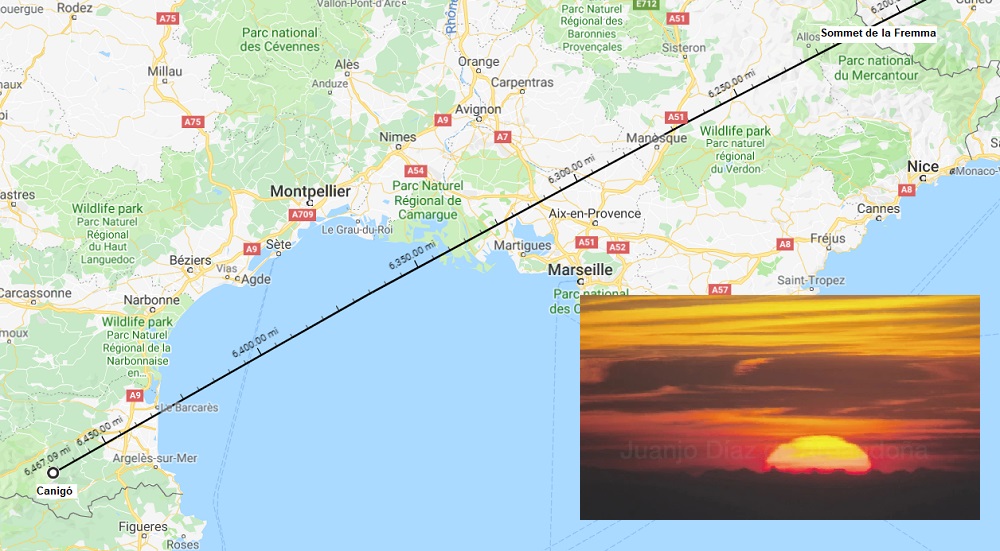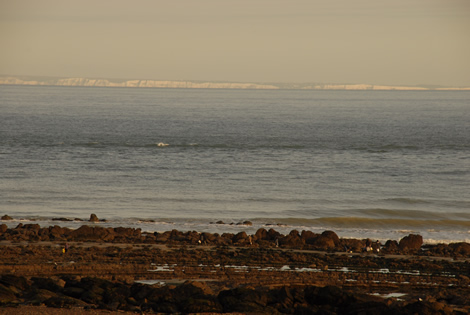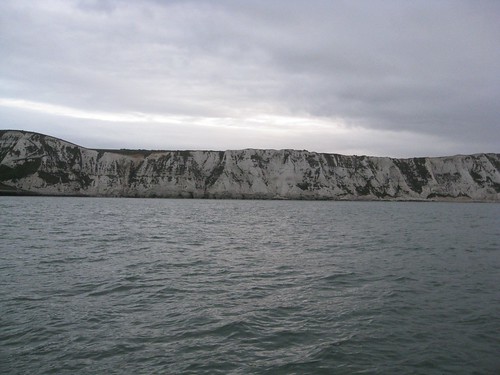Since joining this community in March 2018, how sunsets are explained by a flat earth model has been a prime and enduring interest. It was my first query for flat earth (though it might have been on The Other site since I joined them first, not realizing until later than there were 2).
At various times, I've proposed the features of sunset, some of which I'm listing below, as possible ways to distinguish between a flat earth and a globe earth. They could just as well apply to sunrises or, in some cases, the moon as well. Sensing my time and interest is waning here, I thought I'd assemble them in one location and see if produces anything new I hadn't thought about. But up to now, I believe these are characteristics for which observational evidence supports a globe and that the flat earth model hasn't countered except through non-zetetic, ad hoc rationalizations.
A theory should be able to explain these in a single, coherent and integrated set of explanations that are not contradictory. I feel the globe does that and a flat earth does not. Here are my 5 aspects of sunset that, I think, show the earth is a globe and not flat.
1. OcclusionOn a globe earth (GE), the sun "sets" due to the rotation of the earth and occlusion of the sun by a horizon. A horizon presents a physical barrier to visual line of sight that "cuts off" the sun, first from below like a "sinking ship" effect.

Various flat earth (FE) hypotheses attempt to explain sunset: spotlight pattern, extinction and/or compression by the atmoplane, perspective (plus surface irregularities), mechanisms that cause light to bend upward creating the illusion of the sun nearing the horizon and a bottom-up occlusion of the sun by the horizon.
My conclusion is these FE explanations are either flawed, unsubstantiated or don't integrate well with explanations for other observable phenomena. And if Occam's Razor has merit, the simple GE explanation is elegant, predictable and consistent. As a solitary argument/observation, the explanation(so) for the sun's occlusion at sunset might not be enough to resolve the FE/GE question, which is why I think, collectively with the following, it does...at least in my opinion.
2. Constant Angular Width + Diminished Angular HeightThe sun maintains the same angular width throughout the day. It is only within a few degrees of the horizon that the sun can appear "squashed" in the vertical yet nearly unchanged in the horizontal. On a GE, this is explained by an atmosphere that causes light to refract toward the surface of a spherical earth as the angle of incidence changes. Due to at curvature of the atmosphere and the oblique angle of the sun's rays, the lower limb of the sun is refracted more than the upper limb. As the rays pass through density changes of the atmosphere, the atmosphere itself curves, and upper/lower limb sunlight is refracted differently, thus causing the sun to "squash."
For a FE atmoplane over a flat earth, the effect would not be the same. For theories in which upward bending light explains the sun's apparent descent and occlusion by a horizon, the effect would be the opposite, causing the sun to appear elongated vice squashed.
I haven't seen it proposed, but atmoplanar "lensing" theorized to explain why a sun receding into the distance doesn't get smaller in appearance could be modified to say such lensing is imperfect and doesn't magnify the sun equally in the vertical dimension as it does the horizontal, but without evidence of how this atmoplanar mechanism works this is but an ad hoc theory.
3. Angle of DescentNorth of the Tropic of Cancer, the sun always sets angling toward the north. South of the Tropic of Capricorn, the sun always sets angling toward the south. Between the Tropics, the angle of descent varies depending on the time of year.
This is explicable on a spinning globe with the sun's ecliptic being oblique. No theory (that I've seen, anyway) has been offered to explain this phenomenon on a flat earth.
4. Rate of DescentThe sun maintains a constant rate of angular passage of about 0.5° ever 2 1/2 minutes throughout most of the day. At low angles to the horizon, however, the sun's rate of descent appears to slow.
I don't believe I ever posted about this before. I'd heard about it, but never checked it myself until last night:

On a GE with an atmosphere, this is explained by atmospheric refraction and is the same reason as #2 above. Light from the sun bending toward the curve of the earth due to the changing density encountered by a curved atmosphere causes the sun to appear higher in the sky than it is astronomically. Without an atmosphere, the sun's apparent rate of descent would be constant; but with atmospheric refraction, the sun appears to slow as the effect increases until overtaken by occlusion (#1).
As far as I am aware, FE with an atmoplane has not addressed this. But like #2, the impact of an atmoplane and in combination with the theories offered for why the sun is perceived to be at such a low angle of elevation, the explanation used for GE+atmosphere doesn't work. A FE+atmoplane must have a different explanation.
5. Green Flash I also don't believe I've ever presented this argument before, but the chromatic prisming of sunlight at sunset is real:

Commonly called the "green flash," it is explained by the same mechanism of atmospheric refraction responsible for #2 and #4 above.
And just as with those phenomena, a FE with an atmoplane must have a different explanation since the globe earth + atmosphere explanation doesn't translate to planar topography. And any upward-bending light mechanisms to explain a flat earth sunset would produce a "green flash" on the bottom of the sun vice the top (or a "red flash" on the top rather than a 'green flash').
----
I propose that these sunset observations: occlusion + shape/size + angle of descent + rate of descent + green flash; are explicable by a globe earth model and that no flat earth model has as yet done the same. I welcome discussion to the contrary and in defense of a flat earth model.










































